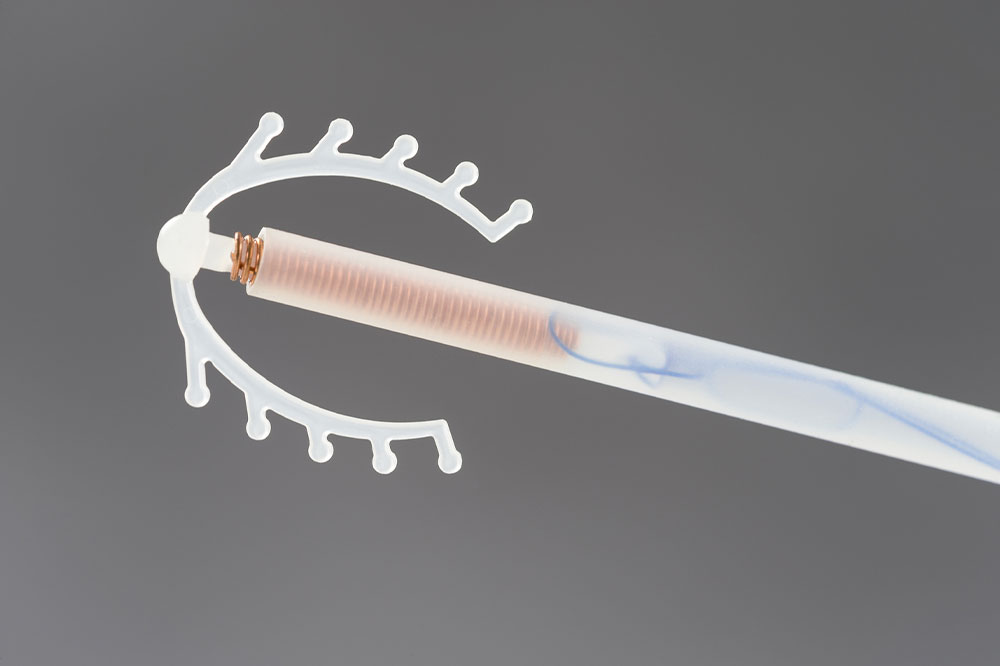6 tips for dealing with IUD side effects

Intrauterine devices (IUDs) are popular contraception tools used by women around the world. The device can prevent pregnancy for several years; however, like most treatment options, it may have side effects. So one can expect cramping, heavy bleeding, and irregular periods as common effects. Fortunately, there are several ways to manage these consequences and get IUDs without worrying about health risks. Here are some tips for tackling the side effects of IUDs:
Understand the risks
A doctor can explain what to expect after getting an IUD and offer suggestions for managing potential side effects. They can also answer any queries and ensure the device is inserted correctly. One must seek expert advice before and after getting an IUD.
Try pain relievers
Pain relievers can help alleviate pain and cramps associated with IUDs. One must follow dosage instructions carefully, not exceeding the recommended limit. Before beginning any treatment, one must consult a physician and check its suitability.
Consider heat therapy
Applying heat to the lower abdomen may help alleviate discomfort and cramps. One can place heating pads or take warm baths to relieve symptoms; however, they should avoid doing this for an extended period, as it could cause burns or harm the skin.
Expect changes in the menstrual cycle
Bleeding is a common side effect of IUDs, but one can manage it using menstrual cups or tampons with greater absorbency. One should consult a doctor if the bleeding does not subside and is accompanied by discomfort or fever. Some treatment options can help regulate periods.
Monitor all symptoms
One should keep track of all symptoms and keep an eye out for any changes. Monitoring the symptoms helps one identify abnormal reactions or complications early on, making them seek expert care to avoid further complications.
Be patient
It can take weeks or months for the body to adapt to an IUD, and the side effects will begin to fade over time. One must manage stress and stay calm while waiting for the changes to subside; however, one should seek help if the symptoms worsen or do not seem to go away on their own.
Intrauterine devices are incredibly popular tools for birth control. One can opt for hormonal or non-hormonal IUD, depending on their requirements and potential side effects.